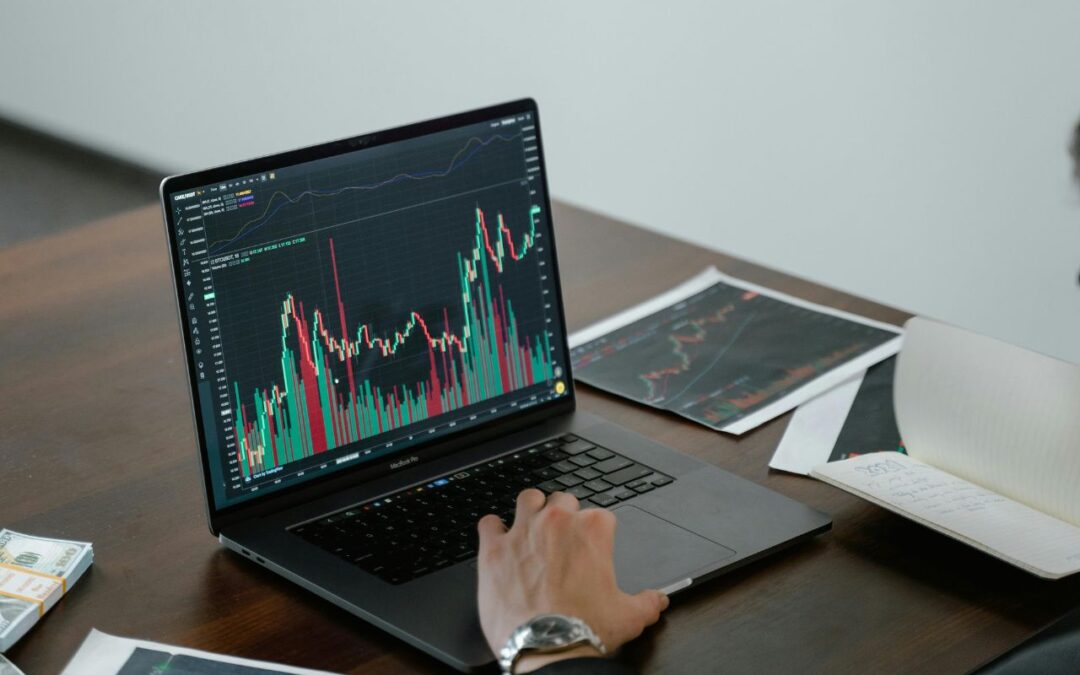Synopsis: High-frequency trading (HFT) relies on speed, discipline, and robust controls. This guide highlights practical checks traders can build into their models, orders, and operations to protect capital and stay resilient in volatile markets.
Understand HFT Risk in Simple Terms
In HFT, large blow-ups are unusual, but small mistakes can stack up fast. A millisecond of stale data, a wrong order size, or a failed cancel may be enough to turn profits into losses. Risks usually fall into three categories:
- Model risk: overfitting, regime changes, fragile signals.
- Market risk: slippage, liquidity gaps, queue position loss, trading halts.
- Operational risk: connectivity problems, timing errors, throttles, manual mistakes, or kill-switch failures.
Managing these requires not only discipline but also reliable tools. If you are still refining execution and order-routing systems, it helps to work with platforms known for speed and stability. Exploring the best day trading platform UK can give you a strong base to align your technology with risk controls.
Build Controls Before You Trade
Risk management should be built into the system from the start, not added later.
- Pre-trade limits: set caps on value, shares, and symbol exposure. Use price collars to block unsafe orders.
- Throttle rules: restrict order and cancel rates. Pause trading after too many rejects or consecutive losses.
- Kill switch: one command to flatten positions and block new orders if drawdowns or latency issues appear.
- Clock sync: keep precise timing so audit trails stay accurate.
- Drop-copy feeds: use independent records of fills and rejects to catch errors in real time.
Beyond these safeguards, it helps to learn from traditional markets. Exploring trading strategies and risk management in the stock market shows how rules, diversification, and discipline can make high-frequency systems more robust.
Manage Market Interaction
Your performance depends on how orders interact with the book.
- Order types: rely on passive limit orders for capturing the spread. Use marketable orders only when fast exits are essential. Test midpoint and iceberg orders on each venue before deploying at scale.
- Queue position: monitor where you stand in the order queue. If you slip too far back, cancel and replace rather than waiting.
- Sizing: adjust order sizes to market depth and recent sweep activity. Avoid being the only liquidity at a level during times of stress.
- Slippage checks: compare expected versus realised spread capture. If slippage breaks past a set threshold, reduce risk or switch to passive orders only.
- Volatility modes: design calm, normal, and stress settings. In stress mode, widen collars, cut size, lengthen holding times, and reduce the list of active symbols.
Protect Capital and P&L
HFT needs more than trade-level stops. Apply strategy-wide brakes.
- Daily drawdown limit: auto-flatten positions when a set loss is reached.
- Max adverse excursion (MAE): set per-symbol loss bands and exit when hit, rather than waiting for a bounce.
- Inventory caps: limit exposure per symbol, sector, and across the book. Base caps on average daily volume, so no trade is too large for the market.
- Fractional Kelly sizing: scale down theoretical bet sizes to reduce variance and tail risk.
- Fee and latency budgets: enforce a minimum edge after costs. If the realised edge falls short, slow the system or block trades.
These safeguards can be extended by learning from traditional investing disciplines. Applying ideas from advanced risk management strategies for stock portfolios shows how techniques such as diversification, portfolio-level monitoring, and stress testing can support capital protection in high-frequency systems just as effectively as in long-term portfolios.
Test Like It’s Live
Backtests are cheap. Live mistakes are not.
- Walk-forward tests: validate across quiet, trending, and shock regimes.
- Event days: test behaviour on earnings, index rebalancing, and macro releases. Confirm stress mode triggers as intended.
- Market impact: model the effect of orders, especially in thin names.
- Parameter checks: shift inputs slightly to see if results degrade gradually or collapse.
- Shadow runs: run the system in parallel for several days. Compare expected versus actual fills and rejects before committing capital.
Monitor the Right Signals
Dashboards should highlight problems, not just display charts.
- Health metrics: latency, reject rates, cancel times, venue outages.
- Risk metrics: exposure by symbol or sector, value at risk, realised versus expected P&L.
- Market signals: sudden spikes in toxic flow, widening spreads, collapsing depth, or dislocations between venues.
- Alerts: set warnings to investigate, soft blocks to cut size, and hard blocks to flatten positions. Automate the first two to reduce hesitation.
Keep Discipline in Operations
Even advanced trading systems need human oversight. Mistakes often come from rushed updates, unclear processes, or fatigue late in the day. Successful firms treat operations with the same care as their models.
Each code change should have version control and a rollback plan in place. One change per release is safer than stacking updates. When problems occur, a clear runbook helps restore order quickly. These guides should cover common issues like exchange halts, connection drops, or manual errors, and be simple enough for anyone on the desk to follow.
After incidents, record what went wrong, how it was fixed, and how to avoid it next time. Skipping this step often leads to the same mistakes happening again.
Trading discipline also matters during live hours. Manual overrides should be rare and logged. Focus drops late in the session, and impulsive actions at that point can cause real damage. Keeping activity structured and documented reduces risk and builds trust in the system.
Key Safeguards Before You Scale
Before increasing size or expanding to more symbols, confirm that core protections are in place. Price collars and exposure caps should already be active. Daily drawdown limits and MAE exits must trigger automatically, without waiting for manual intervention. The kill switch and throttles need to respond under stress, not just in calm conditions.
Order types and sizes should adapt to market depth and shifting conditions. Slippage and queue position must be monitored in real time. Testing should cover quiet markets, trending sessions, and high-volatility events. Dashboards must highlight exceptions immediately so issues are not buried in secondary metrics. Finally, runbooks and rollback plans should be written, tested, and easy for the team to follow when pressure is high.
Conclusion
High-frequency trading demands precision and discipline. The firms that last are the ones that build risk control into every layer of their system. By setting strict limits, adapting to volatility, and monitoring the right signals, traders can protect capital and keep strategies stable. When market conditions shift, these safeguards allow you to cut exposure, stay in the game, and be ready for the next opportunity.






